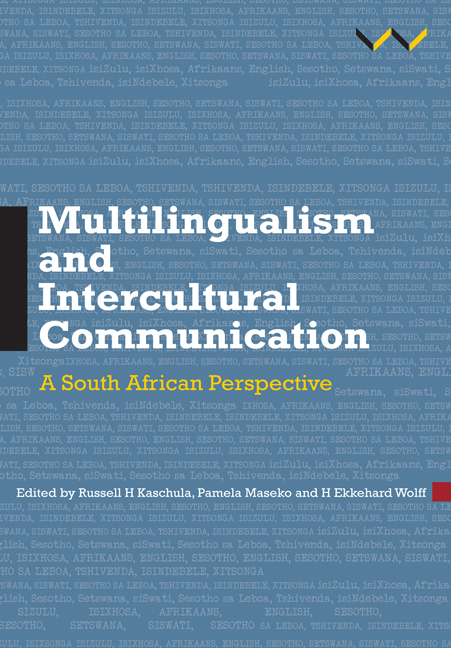Book contents
- Frontmatter
- Contents
- Tables and figures
- Preface
- Abbreviations and acronyms
- Central terms and concepts
- Introduction
- Prologue: The essentialist paradox in intellectual discourse on African languages
- Part One African language empowerment: concept formation and intellectualisation
- Part Two Language planning, terminology development and dictionaries
- 3 Language planning in South Africa: a history
- 4 Language and terminology development in isiXhosa: a history
- 5 Multilingual terminology and cognition in assessment
- 6 IsiXhosa dictionaries, language learning and intercultural communication
- Part Three Language in education
- Part Four Language in the professions: law, media, science and language technology
- Part Five Language, culture and intercultural communication
- Acknowledgements
- Contributors
- Index
4 - Language and terminology development in isiXhosa: a history
from Part Two - Language planning, terminology development and dictionaries
Published online by Cambridge University Press: 23 March 2018
- Frontmatter
- Contents
- Tables and figures
- Preface
- Abbreviations and acronyms
- Central terms and concepts
- Introduction
- Prologue: The essentialist paradox in intellectual discourse on African languages
- Part One African language empowerment: concept formation and intellectualisation
- Part Two Language planning, terminology development and dictionaries
- 3 Language planning in South Africa: a history
- 4 Language and terminology development in isiXhosa: a history
- 5 Multilingual terminology and cognition in assessment
- 6 IsiXhosa dictionaries, language learning and intercultural communication
- Part Three Language in education
- Part Four Language in the professions: law, media, science and language technology
- Part Five Language, culture and intercultural communication
- Acknowledgements
- Contributors
- Index
Summary
Early contributions
This chapter begins by sketching out the story of the isiXhosa alphabet to demonstrate how it came about that we use the same alphabet of 26 letters as is used in European languages. Reverend Johannes van der Kemp was the first missionary who, in 1799, devised a specimen of the isiXhosa alphabet and a word list with 21 sections (see tables 4.1 and 4.2). Since he did not stay long among the amaXhosa, there was no follow-up on his work so his contribution to the development of isiXhosa was not generally recognised. History acknowledges John Bennie from the Glasgow Missionary Society as the first missionary to produce a published text, which he did in 1824, when John Ross arrived with a printing press at Tyhume Valley, today known as Lovedale.
In the examples shown in tables 4.1 and 4.2 below, the semi-vowel [w] is represented by the vowel [o] in words like bao = bawo, umthakabao = umntakabawo. The closed vowel [u] is signified by two vowels, which are the semi-closed vowel [o] and the closed vowel [u] as in umthounzi = umthunzi, izifouba = izifuba. Reverend van der Kemp found isiXhosa to be totally different from the other languages he knew. He also noticed that the alveolar vibrant [r] does not exist in isiXhosa and that when isiXhosa speakers pronounced a foreign word in which it occurred, they substituted it with the ordinary alveolar lateral consonant [l].
Since the name ‘Kaffir’ is used in the titles cited in the following discussion, it is important to inform the reader that at first, isiXhosa was referred to as a ‘Kaffir’ language. McLaren (1914: v), in the introduction to his A Kaffir–English Dictionary, makes reference to this as follows: ‘By the word Kaffir is here meant the language spoken by the Native people of Bantu race, living in the Eastern portion of Cape Province in South Africa.’ The use of the term was discontinued due to its negative connotation, and when some of the books were revised, the word ‘Xhosa’ was adopted. For example, McLaren's 1914 edition of A Kaffir– English Dictionary was revised by John Bennie, one of the founders of Lovedale Mission. His revision was published in 1936 as A Concise Xhosa–English Dictionary.
- Type
- Chapter
- Information
- Multilingualism and Intercultural CommunicationA South African perspective, pp. 76 - 91Publisher: Wits University PressPrint publication year: 2017



